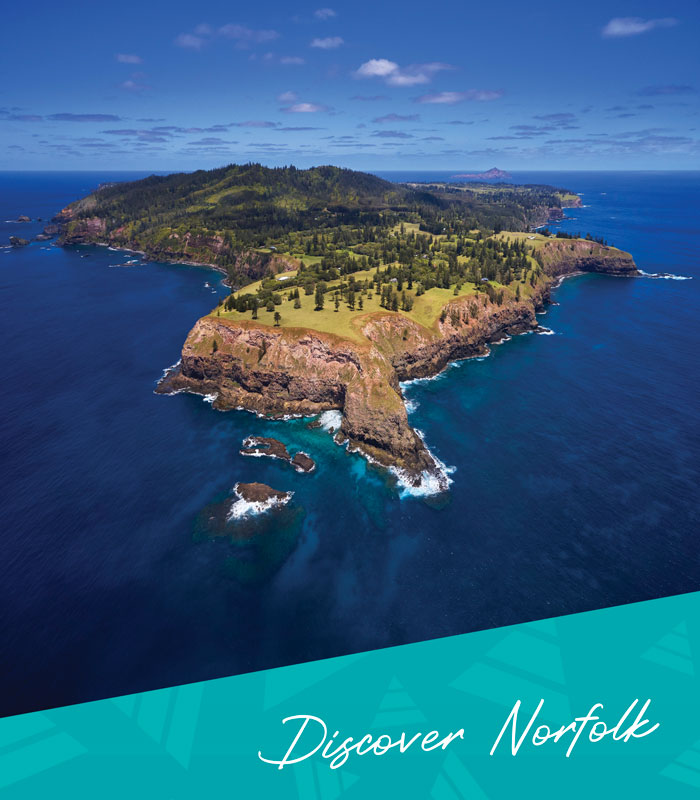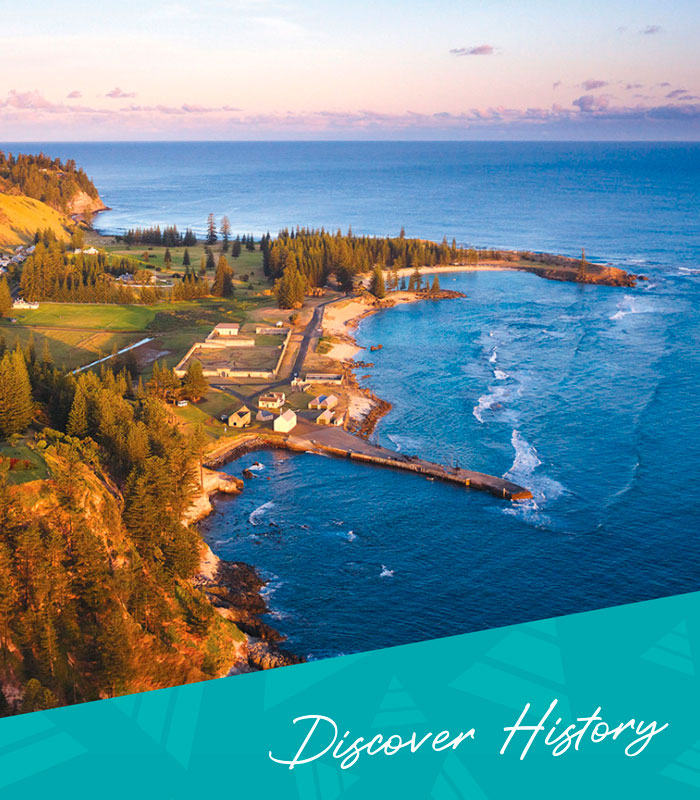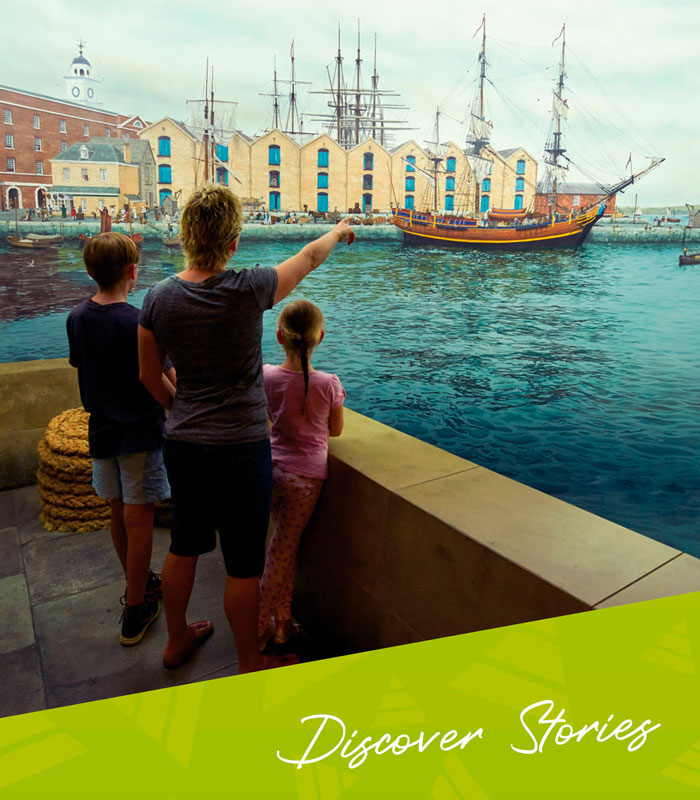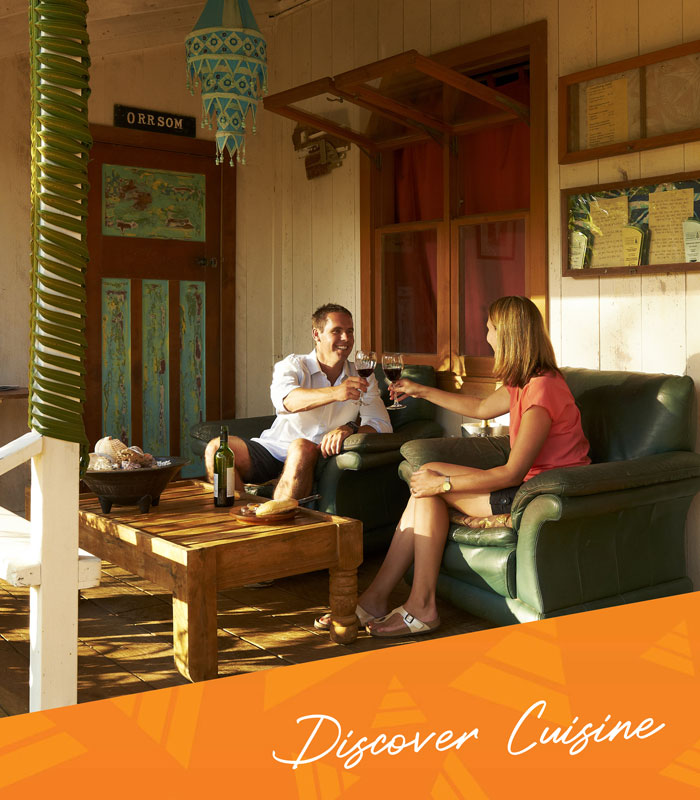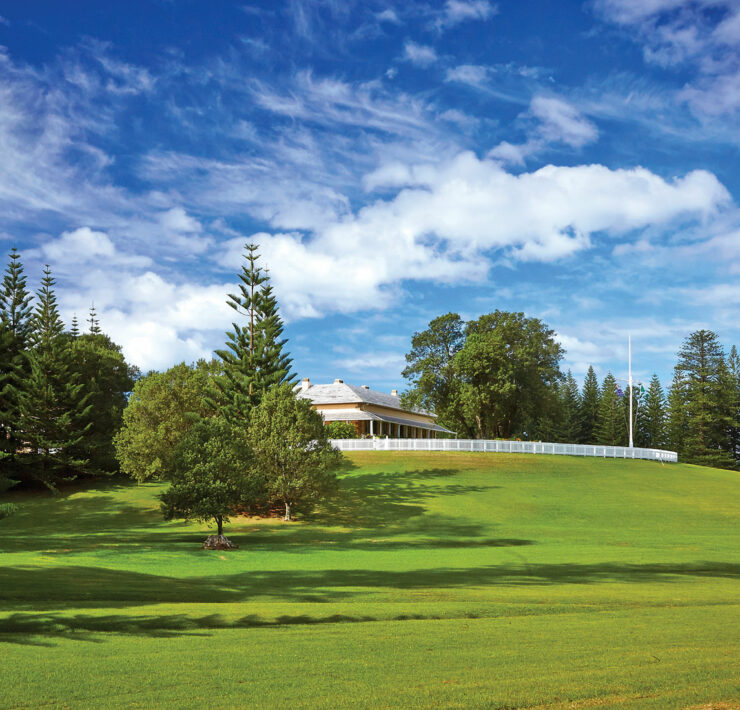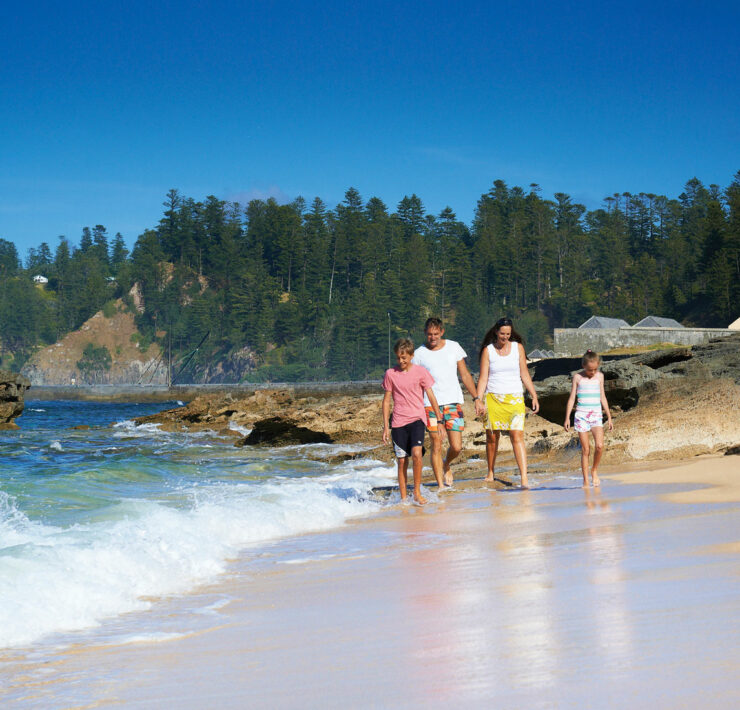Home » All Articles » Government House: A Living History
Government House: A Living History

From the gates of Government House on Norfolk Island there is an obvious and overwhelming stature presented by this wonderful Georgian era house. Set in picturesque surroundings, with immaculate gardens and overlooking the convict era remains of the Kingston and Arthur’s Vale Historic Area, and the southern Pacific Ocean, entering the house is like taking a step back in time. Australia’s history is evident in every aspect of the house.
Government House emulates the rich history of Norfolk Island and is located in the Kingston and Arthur’s Vale Historic Area (KAVHA)—one of 11 sites that together form the Australian Convict Sites World Heritage Property. KAVHA is of outstanding significance to Australia as a convict settlement spanning the era of transportation to eastern Australia between 1788 to 1855. It is also significant as the only site in Australia to display evidence of early Polynesian settlement and the place where the Pitcairn Island descendants of the Bounty mutineers were resettled in 1856. Each of its four periods of settlement has its own rich history and unique characteristics. Together, the four periods produce an outstanding Australian historical landscape with special significance to Australians and to international communities.
The small island of Norfolk sits over 1,500 kilometres from the Australian mainland and was settled by Polynesians around CE 1200 in what is the most westerly known extent of their great sea voyages. The Polynesians left their marks across Norfolk Island, with the most researched evidence of their presence lying close to Government House, in Emily and Slaughter bays, where stone tools have been found. The Polynesian settlement was abandoned prior to European arrival in 1788, and archaeological research has been unable to determine if the Polynesian settlement on Norfolk Island was permanent or intermittent.
Norfolk Island was settled on 6 March 1788, six weeks after the First Fleet landed in Sydney, when Lieutenant Philip Gidley King RN established the first European settlement as part of the larger British effort to secure its interests in the Pacific, and to relieve food pressures in the New South Wales colony. This period is often called the First (Colonial) Settlement (1788–1814). When the First Settlement was abandoned in 1814 all buildings, including the third Government House, were ordered to be destroyed and fired.
Norfolk Island was reoccupied as a penal colony in 1825 to provide secondary punishment of convicts. Most of the buildings and ruins visible throughout KAVHA and the notorious stories of penal servitude on Norfolk Island date from this period.
The closure of the penal settlement in 1855 was followed in 1856 by the arrival of the descendants of Bountymutineers, Tahitians and Whalers, known as the Pitcairn Islanders. This period of settlement is known as the Third (Pitcairn) Settlement and the descendants, and those of others who have come to Norfolk Island since 1856, remain to this day.
Over the course of time, four separate government houses were built in KAVHA. The first two houses were constructed near the original landing place prior to 1800. In 1803, the third and most substantial government house was built on the current site known as Dove’s Plot.
The present Government House was re-built in 1829 directly over the remains of the previous 1803 structure following the re-establishment of the second penal convict settlement. This Georgian-style masterpiece is a single storey residence measuring 30 metres in length, 33 metres in depth with a total area of almost 1,000 square metres. The ceilings in the main section of the house are 4.5 metres high and the chimneys rise to 13 metres. The wide verandas and window shutters are typical features of colonial architecture in warm climates.
The principal rooms of the house emanate from a large central hallway and the two back wings form two internal courtyards affording privacy and security. The interiors demonstrate a military order and formality. In keeping with its Georgian style the doors are hung in orderly progression from one room to the next and the windows are placed symmetrically throughout the front section of the house.
All of the rock for the thick walls was quarried locally from Kingston and the lime used for mortar and plaster was fired in the nearby Emily Bay Kilns: the external walls of one of which still survives today. The lathe and plaster ceilings are mostly original: convict hair was reputedly used to bind plaster used in the plaster.
The fourth Government House constructed on Norfolk Island remains Australia’s earliest and most intact government house building. It is an historic house, a living museum, and home to the Norfolk Island Administrator.
The prominent positioning of Government House high on Dove’s Plot, and its sheer size, ensured its place as the centrepiece to Kingston and emphasised the segregation that existed between classes within the convict system—convict, overseer, military officer, civil officer, magistrate, clergy and commandant. The difference in lifestyle between commandant and servant is evident when the grandeur of Government House is compared with the servants’ quarters at the rear of the building.
Government House was at its zenith between 1825 and 1855 when it was built, extended and maintained by an army of convicts. Despite the grand style of their accommodation and the idyllic landscape setting of Norfolk Island many of the commandants of the second European settlement were chosen with the specific intent of making Norfolk Island the most feared penal settlement in the colony. As the seat of authority in one of the most notorious of the British Empire’s prison settlements, Government House and its residents would have been witness to some of the most severe and degrading treatment of prisoners from mid-19th century.
There was a brief period of respite from brutality with the arrival of Alexander Maconochie as Governor of Norfolk Island in 1840. In recent times Maconochie has become regarded as an inspired penal reformer. However, despite achieving remarkable success in rehabilitating prisoners on Norfolk Island during his three years as Governor, his views were too advanced for the time and he was politically undermined and his policies largely ignored for almost 100 years. Successive Governors were issued with strict orders to return Norfolk Island to a place of terror.
By 1855 the majority of convicts were shipped to Van Diemen’s Land, with Norfolk Island placed under the control of the New South Wales colonial government the following year. The last days of the convict system on Norfolk Island coincided with a decline in the condition of Government House as there was no longer a large source of convict labour.
Government House has been the home of the Administrator since 1914 and in the earlier part of this century, the condition of ‘the residency’, as Government House was called at the time, was a far cry from when it was built, or indeed, from its present state. The condition of Government House continued to deteriorate through the 1920s and 1930s and a number of administrators found ‘the residency’ so uncomfortable consideration was given to using or building another home.
Finally, after a long period of neglect, major alterations to Government House commenced from the 1950s, with further changes made to the servants’ quarters in the early 1970s to prepare for the Queen’s visit to Norfolk Island.
Extensive restoration works were undertaken between 1975 and 1978 to return the external appearance of Government House to that circa 1860. This work involved the removal of a variety of features and details added after the Pitcairners’ arrival, such as galvanised iron roofing and several rooms added to the eastern side of the building.
In the 1980s, the increased focus on the heritage and significance of KAVHA and Government House, led to several reports and management plans, which began the process of restoring the interior and exterior of the property. Changes to the landscape, the roof, the exteriors and the interiors transformed Government House from its dilapidated state into the grand residence it is today.
The task of refurnishing Government House and undertaking internal renovations proved to be problematic. The dining table was the only remaining item of original furniture and only a few pieces, some donated by previous administrators, could sustain rigorous scrutiny as to their provenance. Reviewing evidence from the heritage assessment, it was agreed the building’s main interior should be returned to its early 1800’s form, with the dining room and two front sitting rooms restored to evoke the 1820s through decorative finishes and appropriate furniture. Additional work to the interior undertaken in the early 2000s complemented and added to the earlier efforts: focusing on furnishings and fabric, such as the curtains.
Government House is now accessible to the public on monthly Open Days and its gardens and interiors continue to be carefully cared for by dedicated staff and the residents who have the privilege to live there.
____
Image Credit: Robin Nisbet
www.robinnisbet.com
____
Article content disclaimer: Article first published in YourWorld, Volume 06 Issue 01, 2016. Please note that details of specific travel, accommodation and touring options may be outdated. References to people, places and businesses, including operating days and times may be have changed. References to Government structure and Government businesses/entities may no longer be applicable. Please check directly with businesses and/or Government websites directly rather than relying on any information contained in this article before you make travel arrangements.




